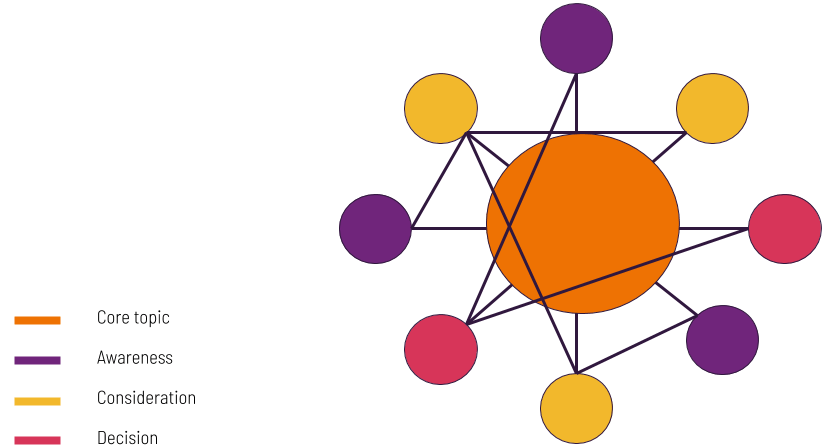If you are ready to establish a more substantial online presence or want to drive traffic to your site fast, Google Ads is a cost-effective way to do it. Google Ads is one of the leading campaign tools for seasoned marketers and beginners alike. Even if you’ve never heard of Google Ads before, you’ve probably seen one today, if not multiple. Before we get into it, this does not mean you take the brake off organic marketing efforts. The organic content you make is how your voice, messaging, and brand develop authority and trust. It’s the space you’re inviting all those new perfect customers to visit via targeted advertising.
Tell me more about Google Ads.

How do Google Ads work?

Google Tag Manager

- To set up Google Tag Manager, first need to create an account or log in to an existing one on the sign-in page.
- Next, you’ll need to install a container. A container is a property that contains all the tags, variables, and code you want to manage. In the case of web content, this is usually the website you want to work on.
- Once you’ve filled in both the account and container fields, review the terms of service and click “Accept.” That will take you to your Tag Manager home page. From there, you can access all available containers from the top taskbar.
What are the different types of Google Ads?

- Search ad
- Video ad
- Display ad
- Shopping ad
- App ad
Finding your audience for Google Ads

How does a Google Ad campaign work? Which is the best?

- YouTube holds the second biggest social media audience after Facebook, making it a powerful advertising form.
- Google and YouTube have the same parenting company.
Writing advertising copy for Google Ads

Measuring the success of a Google Ads campaign

- Cost per click (how much ad money you invest per click on average)
- Impressions (how many people view an ad)
- Conversion rate (The ratio of impressions that convert into leads)









